What is cupping?
Cupping is the practice of creating a vacuum in glass or plastic cups, creating suction effect on the skin and muscles. The cups can be left stationary or can be moved over the skin’s surface. Cupping feels a lot like a strong deep tissue massage, but isn’t painful. The suction can penetrate up to four inches deep. Most people find cupping relaxing and refreshing.
How does cupping work?
Tight muscles often have poor circulation, leading to weakening of the muscles and the build up of toxins. Cupping draws stagnant fluids towards the surface, assisting with detoxification, and it brings in fresh nutrient rich blood. Cupping provides a gentle sustained stretch for loosening tight muscles and connective tissue adhesions. It also clears “heat”. It’s traditionally used at the base of the neck for common colds and fevers. Additionally, cupping soothes the nervous system, so it can be helpful for stress, anxiety, and insomnia.
Most commonly, people get cupping for tight muscles and pain in the back, shoulders, neck, jaw, legs or arms. Cupping can also be used for improving lung health; such as for asthma or during a common cold. Cupping can also help with headaches, sluggish digestion, and menstrual cramps.
Cupping for myofascial release
The word ‘myofascial’ has two parts. ‘Myo’ means muscle and ‘fascial’ means fascia. Fascia is a network of elastic tissues running through your body. Every muscle has an outer sheath of fascia. This stretchy coating cushions impact and allows muscles to glide over each other. Microscopically, fascia is composed of a three-dimensional network of stretchy fibers. When your fascia is healthy, it is soft and flexible. But when you have an injury, long periods with poor posture, repetitive motion, poor nutrition, or high stress, fascia can become tough and inflexible. Tight fascia can cause pain, reduced range of motion, and lead to damage of your muscles, joints, and tendons.
Similar to the Myofascial Release massage technique, cupping provides a sustained stretch of the fascia. The long gentle stretch provided by cupping gives time for nutritive fluids to flow into the opened spaces and elongates the fibers.
When working on tight muscles, it helps to think of muscles and fascia like rubber bands. When you stretch them occasionally, they’ll quickly return to their tight position. It’s only when you release tension frequently and improve circulation that you can make lasting changes.
Getting cupping regularly can have a much deeper impact on your health because the effects are cumulative. If you get cupping only once, the pain and tension relief often lasts for 3-5 days. Occasionally a single treatment will have lasting results, but often symptoms return. Starting a treatment plan with weekly cupping sessions, then gradually reducing treatment frequency as your symptoms improve, is one of the best ways to make lasting improvements in muscle health.
Ready to try cupping?
If you’re new the clinic, please book a new patient appointment to establish care, and share your interest in cupping with your practitioner! Cupping therapy is included in our acupuncture appointments when it is appropriate for the patient and their chief concerns.
For established patients, we also offer a quick 25-minute cupping appointment, which is perfect for a tune-up between acupuncture sessions and maintenance care!
**The information provided on this site is intended for your general knowledge only and is not a substitute for professional medical advice or treatment for specific medical conditions. You should not use this information to diagnose or treat a health problem or disease without consulting with a qualified healthcare provider. Please consult your healthcare provider with any questions or concerns you may have regarding your condition.





